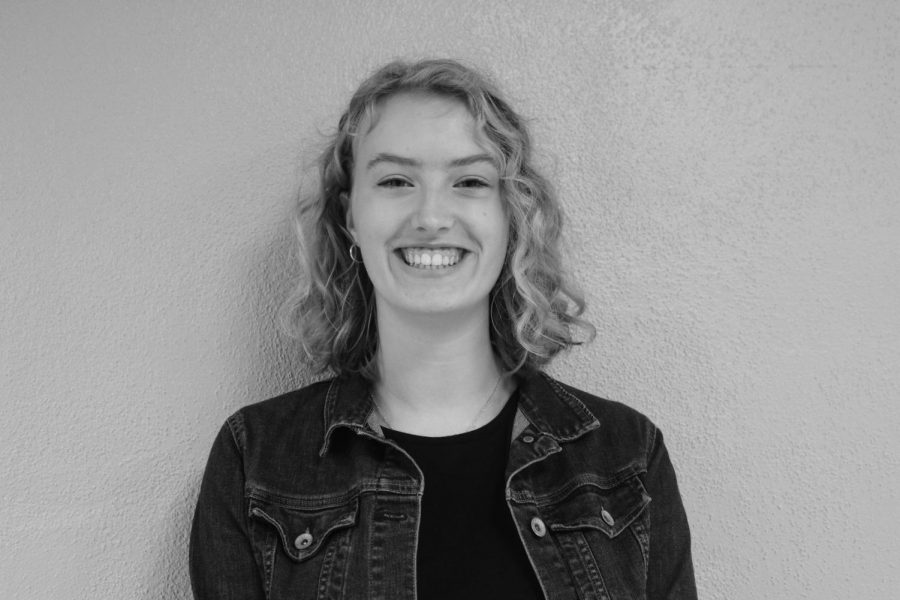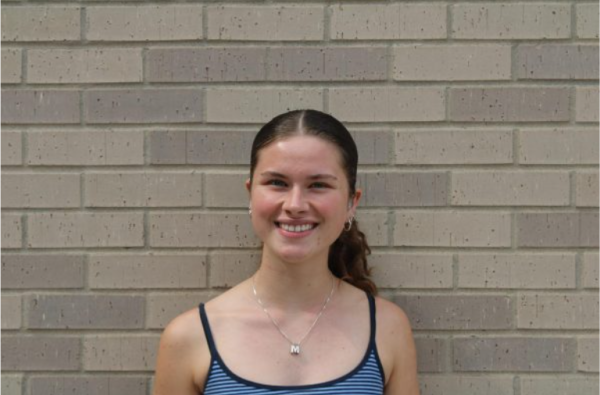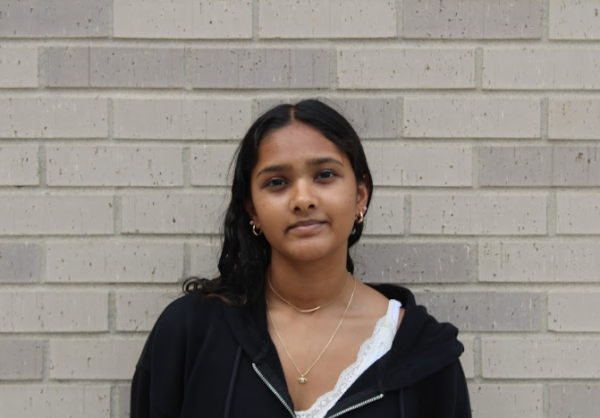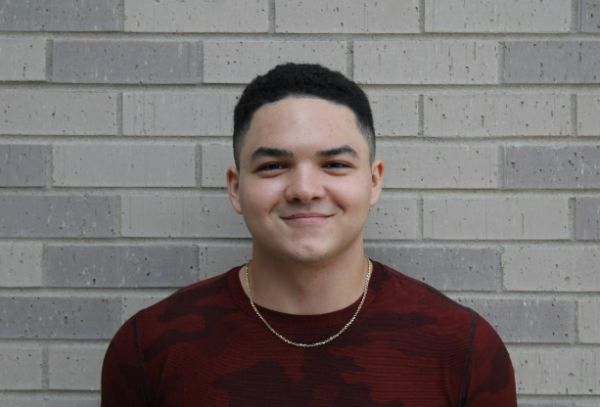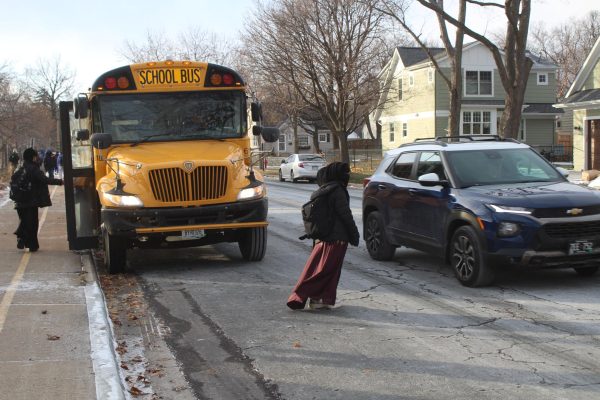Why the press does what it does
While protests and riots spread throughout the Twin Cities, the press had a job to do. The press needs to be there to truthfully record history for the people who can’t attend and for future generations to look back on.
Student press fills a different role in this situation than professional press. As co-Editor-in-Chief of Echo and a reporter heavily involved in the Echo’s coverage of recent events, I have had to make decisions in the past few days I hoped never to have to make. We sent photographers to Minneapolis on the first night of protests and even though the protests remained peaceful while our photographers were there, I was worried for their safety.
As protests become intertwined with violent riots and lootings, I understand the calls to not publish pictures of protestors without blurring their faces. That being said, blurring faces or simply not using photos takes so much away from the story we are trying to tell. Photos are an extension of the storytelling, and it goes against what we learn as student journalists to not publish the truth.
In an effort to preserve the safety of both our reporters and people at the protests, Echo will not deliberately publish information or photos that could be used against people. Peaceful protests are protected by the Constitution and thus Echo has chosen to continue covering them in the same manner as other events.
Echo’s policies state “the publications will not shy away from covering newsworthy controversial issues of importance to students … Reporting in scholastic media that omits essential pieces of information because of review or restraint is an indirect form of fabrication. It destroys not only truth but credibility and reliability.” Although some may wish to not be identified as participants in various protests, it is our duty to portray exactly what is happening at these protests, and that includes identifying people. Anything else would be a form of censorship and would lead to untrustworthy journalism.
Just as news media avoids using anonymous quotes because it lessens the credibility and impact of the story, news media avoids publishing pictures with unidentified people, according to Laura Widmer, the executive director of the National Scholastic Press Association.
“It’s in a public place, it’s a public event, and people have put themselves into the news by protesting. They have become a part of the news event,” Widmer said. “Good journalism and good photojournalism says that we identify people in the photo and tell the story of what’s happening.”
Earlier this year, the Daily Northwestern covered a protest that objected to former Attorney General Jeff Sessions’ speech on the Northwestern University campus. Shortly after publishing photos of the protestors and using the school directory to contact possible sources, the Daily Northwestern received complaints about the coverage and then apologized.
The publication of the editorial and the removal of some of the paper’s coverage sparked a lively debate among professional journalists. In a Tweet, Los Angeles Times reporter Matt Pearce responded to the situation at the Daily Northwestern said student journalists going back on journalism practices could contribute to a larger issue.
“I don’t doubt the sincerity of these student journalists,” Pearce said. “But I worry that if journalists keep ceding ground on when it is acceptable to do basic reporting, we eventually play into the hands of powerful interests who would love to criminalize journalism.”
I never imagined I would be in the position where I would need to make this type of decision, but the discussion following the Daily Northwestern incident has given me some insight into the importance of protecting journalistic integrity. The Student Press Law Center, an organization that “works to promote, support and defend the First Amendment and press freedom rights of high school and college journalists,” says journalists are well within their rights to take pictures in public — including at protests — because people in public do not have a reasonable expectation of privacy.
“There is no ‘right not to be photographed’ in a space that is visible to public foot traffic, even in the event of a medical emergency. That includes minors; children do not have any heightened privacy rights in their outward appearance in a publicly viewable space,” the Student Press Law Center said.
I understand why people would want to be left unidentified because of the possibility of consequences, but despite people’s personal concerns about media coverage, it is essential to tell the story of what is happening in Minnesota right now. Reporting without showing the full story is not worth it — in fact, that is spreading inaccurate information. Photojournalism is part of the story and important to include as part of the public record.
By not identifying people who are in public and protesting, we impact the record in a way that can’t be remedied. Protests are public events, and as Widmer said, protestors are inserting themselves into the news in a very public manner.
“If somebody is there and they’ve put themself into the news story, then they shouldn’t be surprised if there are photos taken and they’re identified,” Widmer said. “That’s what happens when you put yourself in that situation and if you believe in it so strongly, then you shouldn’t be hiding about it.”
A journalist’s job is to tell the story as completely as possible. As we look back on this time in our lives, we expect to have the full story and not just half-truths. Not identifying people contributes to a half-truth and hurts the credibility of any other coverage by the news media. In a time when misinformation and false rumors are running rampant, when many people report they receive most of their news from social media, and when there is so much uncertainty in our lives, we must circulate the full truth and nothing less.
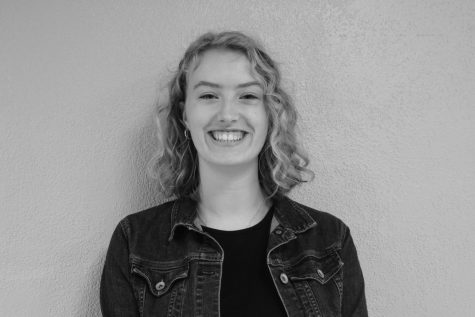
Hello! My name is Marta Hill and I am thrilled to be one of the Editors-in-Chief of Echo this year! When I’m not working on Echo you can find me playing...




